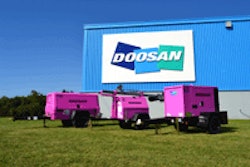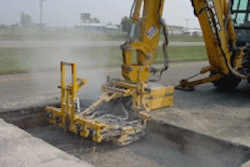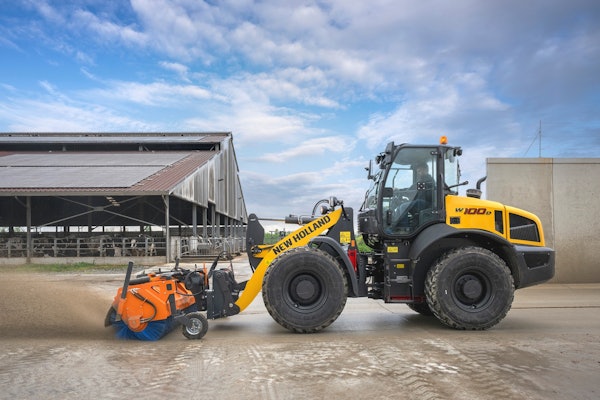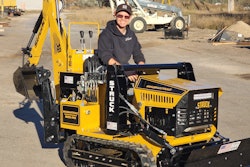Infrasense Inc. recently completed subsurface investigations for 100 bridge decks throughout Minnesota’s Metro, Southeast and Northeast regions. In the years following the I-35 bridge collapse outside of Minneapolis, the Minnesota Department of Transportation (MnDOT) has increased focus on preventive maintenance and monitoring of infrastructure.
Ground Penetrating Radar (GPR) tests were performed on each bridge deck, accompanied by underside visual inspections. For some decks, the GPR work was supplemented with the use of Infrared Thermography (IR). These tests provided a condition assessment of the reinforced concrete bridge decks without requiring any cores or exposed rebar, and with minimal disruption to traffic flow.
Ground-penetrating radar (GPR) data are collected at highway speeds to estimate rebar depth and corrosion conditions. The GPR data is collected in a series of lines spaced 3 feet transversely across the width of the deck, with each line representing a cross sectional slice of the deck at a particular offset. Decks in good condition consist of strong and uniform radar reflections from the rebar. GPR data with weak and inconsistent reflections indicate rebar-level deterioration in the bridge deck.
Infrared data is collected in a series of passes across each deck, with each pass covering a deck width of between 12 and 15 feet. For a typical interstate deck with 2 lanes and left and right shoulders, the survey is carried out in four passes – one in each lane and one in each shoulder. The survey produces a series of infrared images collected every foot of vehicle travel. During the survey, selected areas that appear delaminated in the IR image (higher in temperature then surrounding areas) are manually sounded to confirm the presence of delamination.
Combining the GPR and IR surveys provides the greatest value in maximizing the amount of information for a minimal difference in cost compared to carrying out the surveys separately. The two techniques complement one another and provide a more accurate and comprehensive condition assessment, according to Infrasense.
An example of a Minnesota GPR and IR bridge deck condition result is shown below. A combined quantity is achieved by outlining the deteriorated areas indicated from GPR and IR in a manner similar to how repairs are outlined and made on a deck.
Recently a study evaluating the accuracy of Infrasense’s results provided to the Minnesota DOT was carried out by an independent consultant for MnDOT. The study compared the Infrasense predicted quantities for 12 decks surveyed by Infrasense against subsequent construction repair quantities. The study found that, on average, Infrasense’s predicted deterioration quantities were within 3.2 percent of the documented construction quantities.












